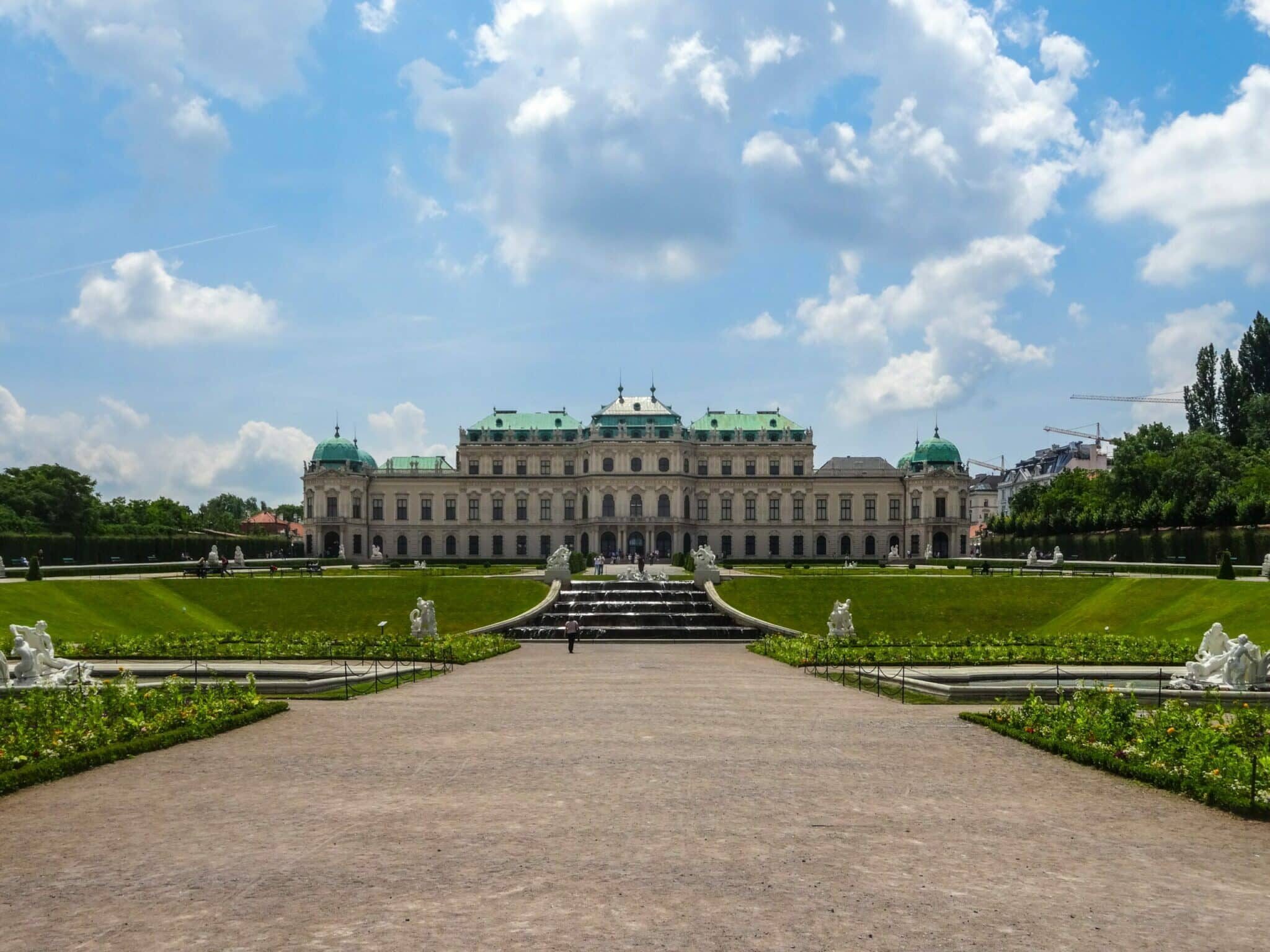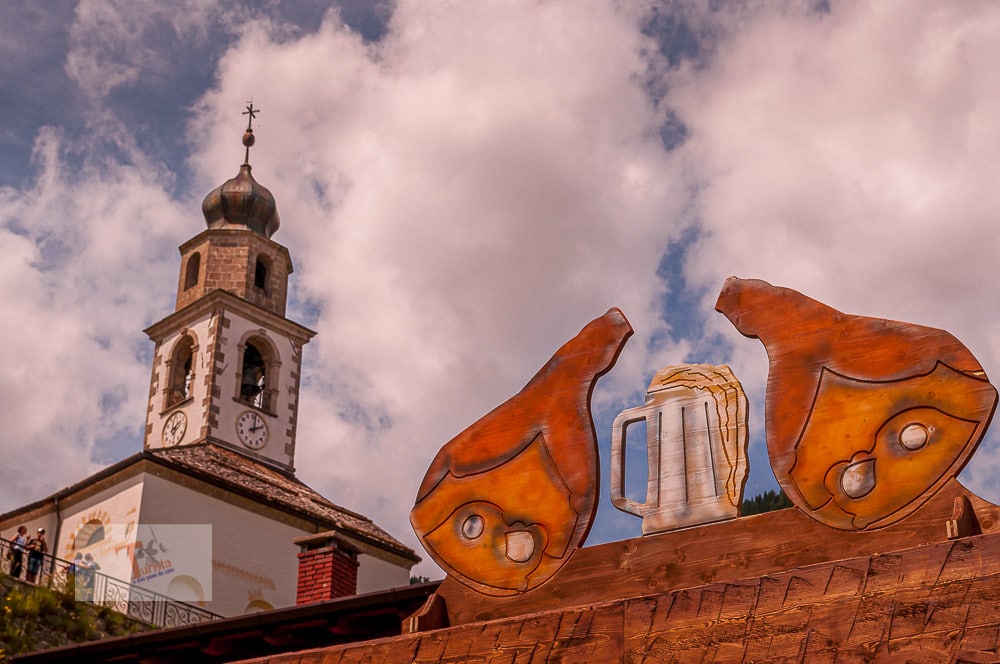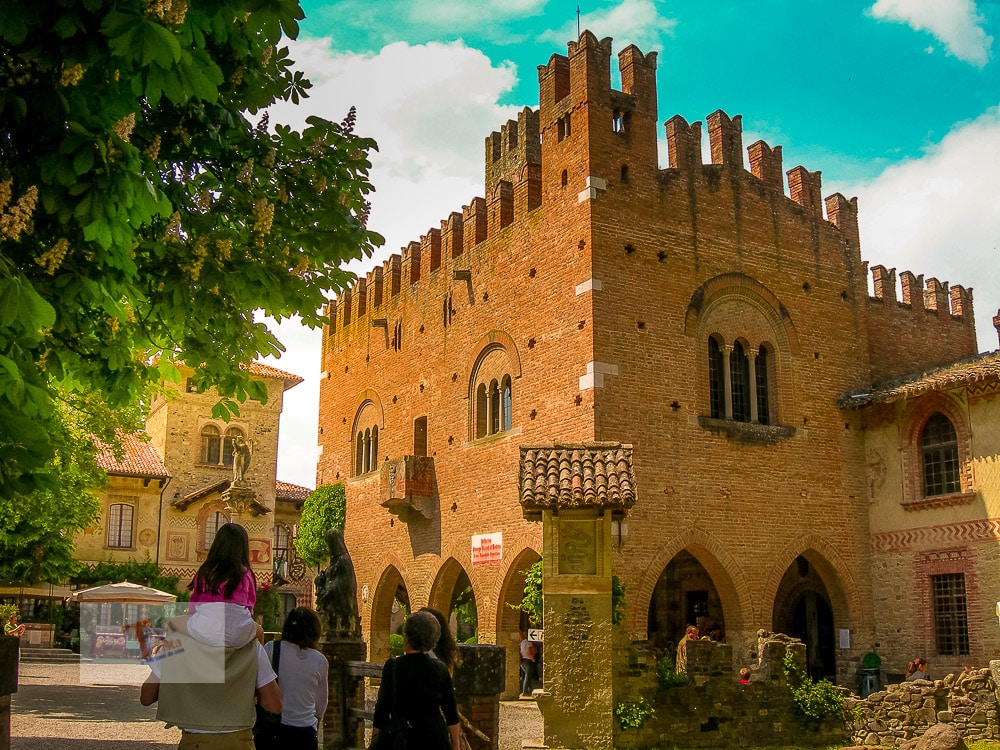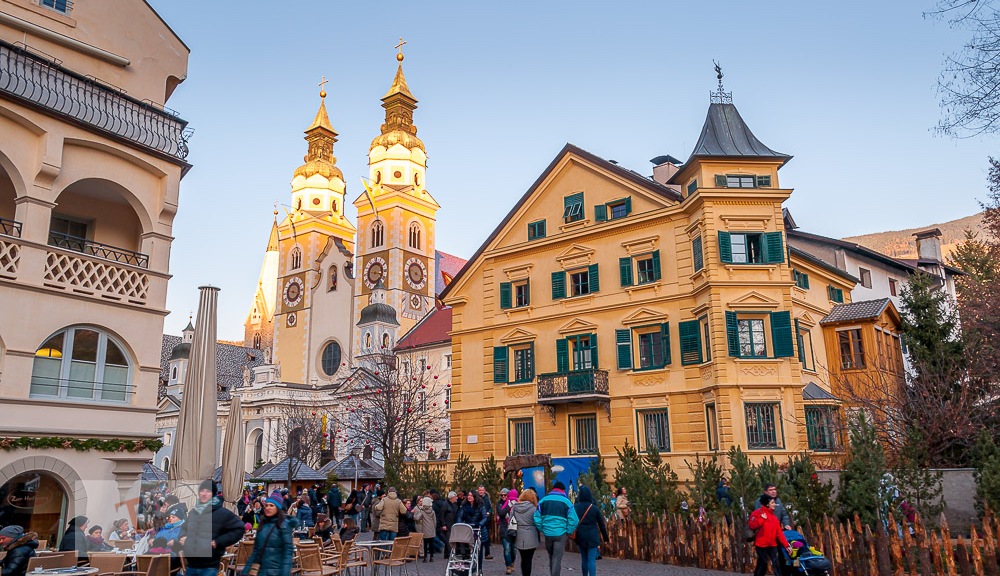“The Lion, the Witch and the Wardrobe”…and the dungeon. Welcome to Narnia!
I’m not going to tell you any fairy tales, so don’t worry. However, be aware that Narnia does exist and is located in Umbria. In reality, the Latin word for today’s Narnia is Narni.
Narni is the geographical center of Italy, located in the south of Umbria, just 14 kilometers from Terni. It is castled on a hill around 260 meters above sea level, from which it dominates the Valnerina. It is one of Umbria’s most beautiful villages, and it is a must-see if you are in the area.

What to see in Narni?
As we ascend from Narni Scalo to the historical center, we can see how the city has retained its strong medieval characteristics. A majestic entrance arch with two crenelated towers greets us as we enter the city as proof of this.
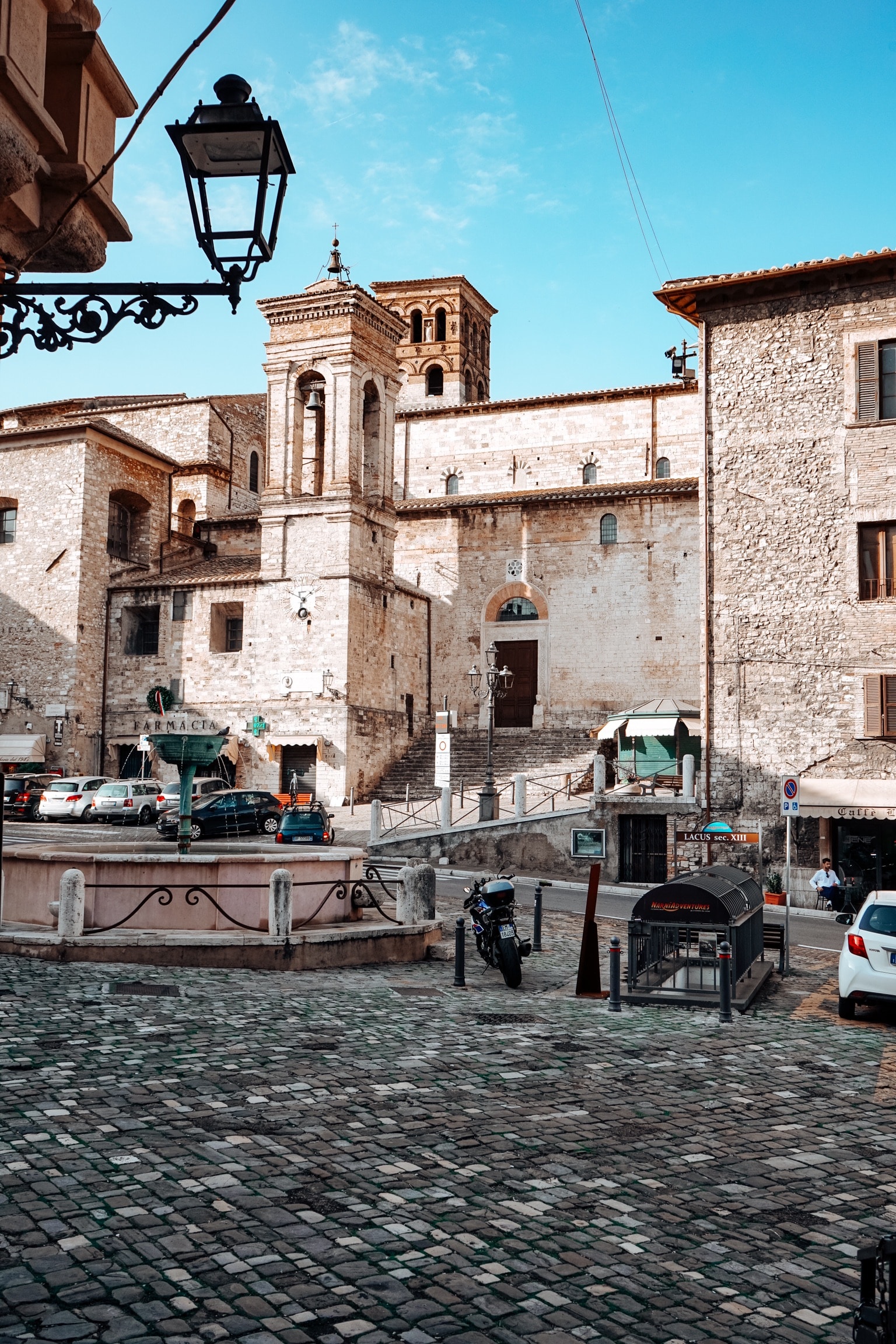
We recommend parking your car and continuing on foot once you reach the arch. At this point, you have two options: you can continue the climb on foot, completely appreciating the view that can be seen from the summit of the city; or you can take the elevators, which will take you a few feet from the historic center without exerting too much effort.
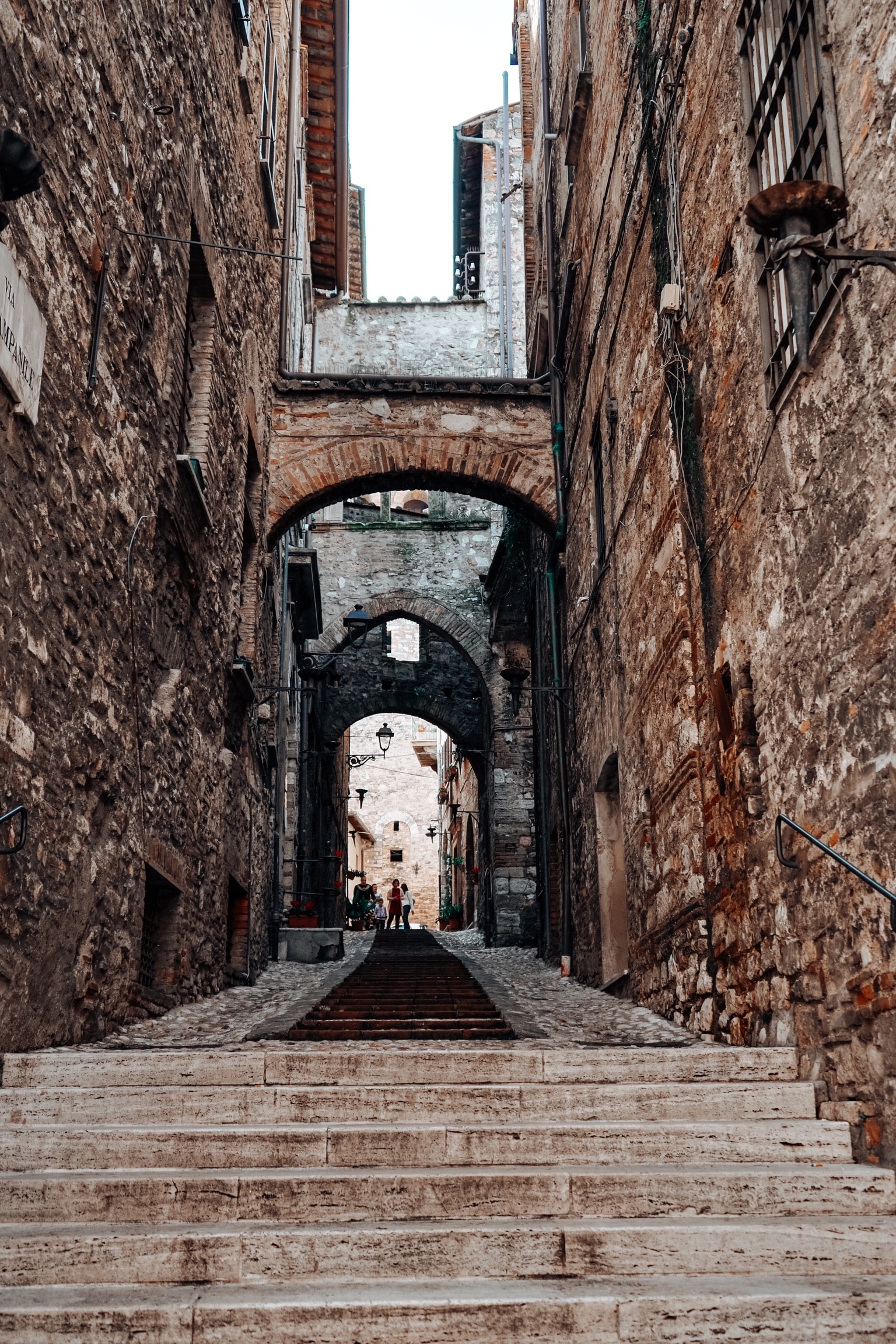
As soon as you pass through the arch, you’ll see the city’s strong medieval legacy, which is evident in its urban planning, which is full of lanes, fountains, squares, public wells, and stone arches. Walking through Narni’s streets is like stepping back in time: the ancient town is calm and collected, and stone reigns supreme, from the road surface to the rooftops and bell towers.
We almost immediately come across the Cathedral of San Giovenale, a Romanesque church dating from 1145, as we continue along the main route. The enormous canopy altar draws the eye instantly upon entering the structure, but the mosaics and wooden figurines also catch the eye. Behind the altar of San Giovenale is a cave that houses the stone sarcophagus carrying the Saint’s body.

Continuing towards the “heart” of Narni, we arrive in Piazza dei Priori, the city’s nerve center, where the Palazzo dei Priori, which usually hosts exhibitions or events, and the imposing Town Hall, a true symbol of the City of Narni, are built by joining the three towers that are today the structure’s extremes.
The modest Romanesque church of Santa Maria Impensole, constructed by the Benedictines around 1175, is especially noteworthy. The edifice is supposed to be built on top of the ruins of a pagan temple, most likely dedicated to Bacchus. The discovery of two Roman cisterns in the basement of the cathedral lends credence to this theory.
A visit to the underground Narni, found almost by chance in 1979 by teenage speleologists, is a must-do. Entering the enigmatic underground Narnia is like diving into the past, discovering history, mysteries, secrets, and, why not, the everyday existence of a bygone era. You enter from the San Domenico Monastery’s cloister and exit nobody knows where… I’m not going to say anything else! The underground of Narnia is a true hidden gem that will astound you and leave you dumbfounded.
If you are hungry during your tour, there are modest shops and restaurants in every intriguing corner of Narni’s medieval center that offer Umbrian specialties to sample. Whether you prefer a quick sandwich or prefer to sit and have a decent meal in quiet, you are spoiled with options.
Do you think Narnia and its historical core aren’t enough? Allow us to recommend some “goodies” to see in the area.
The beautiful Rocca Albornoz, newly restored, and the remnants of the Augustus Bridge, going back to Roman times, are both located near the settlement of Narni.

If you venture a little further out of town, you can visit the Speco di San Francesco, one of Italy’s most famous Franciscan sanctuaries, or the Abbey of San Cassiano, a lovely Benedictine abbey dating from the ninth century.
A final piece of advice, but one that is no less crucial than the others. The Race to the Ring, Narnia’s main annual event, is a historical commemoration that has its origins in the ceremonies in honor of San Giovenale, Narnia’s patron saint.
Even though the reenactment begins the last week of April and runs through the second Sunday in May, the celebration is held on May 3.
The Ring Race attracts all of the narnesi and is a must-see sight for tourists and interested. There is no way to lose!
We come to the end of our journey to Narnia with a sense of wonder.
According to mythology, a Grifone, a mythological creature with the body of a lion and the head of an eagle, formerly dwelt along the route connecting Narnia and Perugia.
The two Umbrian cities, which were at odds with one another, decided to band together to eliminate the dangerous and aggressive beast that was feared by all. The Grifone was slain, and the two cities dismembered the animal’s carcass, selecting various portions as trophies. Perugia chose the Grifone’s white bones, while Narni chose the fair’s red flesh.
It is for this reason that the Griffon on the city coat of arms of Perugia is white, whereas that of Narni is red, according to folklore.




